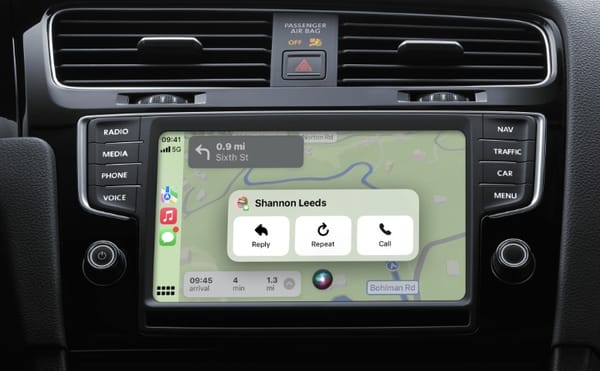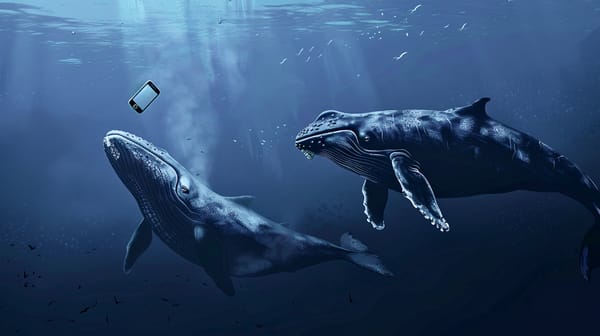Petrol shock and charging into the future
Two weeks without my EV have reminded me why I won’t go back to petrol. And even the annoyances of electric driving are easing as tech develops…

For the past fortnight (nearly), I have been driving a petrol car. This has come as something of a shock. Where the hell is the acceleration I’ve been used to? Why is this damn thing so noisy AND smelly?
Why do I have to go to a petrol station to recharge it, rather than just plugging it in at home?
This experience — of a courtesy car, while my regular EV has some body work done — has been a salutary reminder of how much better day-to-day living is with an EV, especially if you have off-road parking. But even if I didn’t, there are two cheap, overnight charger arrays just around the corner.
The problem, as always, comes with long distances. That’s where the range insecurity comes into play — but even that’s diminishing as increasing numbers of chargers get installed.
Recharging time
The thing that doesn’t go away is the time cost. It’s good to take a break every couple of hours of driving — I know that. But does that always have to be 30 to 40 minutes? Right now, with our car, yes, it does. If you time it well, and plan in advance, you can enjoy lunch, or dinner, or even a bit of a walk.
But a 10 minute charge would be so much more lovely…
And that’s exactly what a new battery technology that Polestar is testing is promising to deliver. They’re using new “silicon-dominant” battery tech from Israeli startup StoreDot.
StoreDot’s batteries use silicon anodes instead of graphite. Silicon anodes can store 10 times the amount of lithium ions that graphite can, while taking up a lot less space. This means more efficient batteries that last longer and can charge faster.
And the results are impressive:
It managed to charge the EV from 10% to 80% under the 10-minute time cap.

And, as I face the last couple of drives in my unloved unleaded courtesy car before I get my much-loved EV back, I can remind myself that this is the worst, slowest charging EV I will ever own. It only gets better from here — and where I am right now is pretty good, too.





